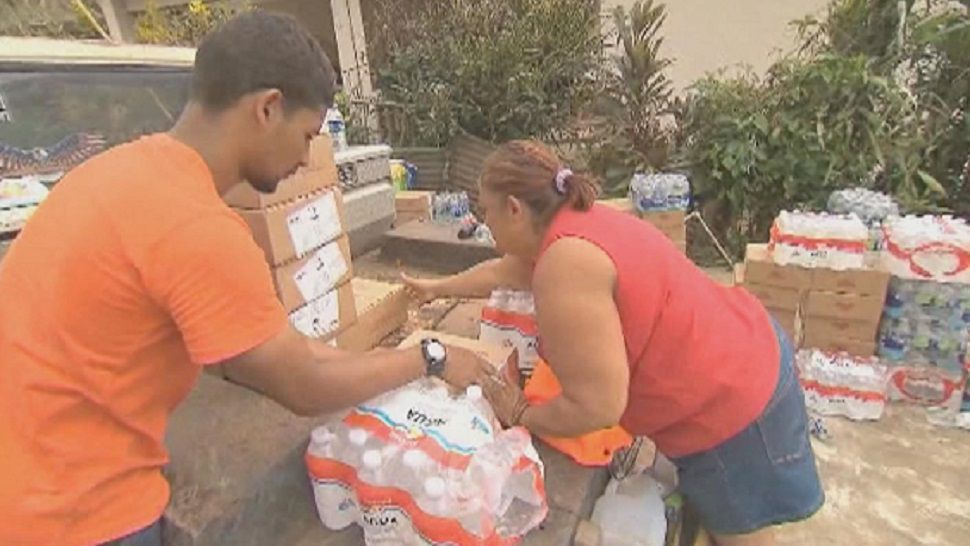SAN JUAN, P.R. - Approaching Puerto Rico's main international airport, you can still see bright reminders of Maria's destructive power dotting some of the island's poorest communities.
- FEMA in Puerto Rico: Progress depends on who you ask
- Watch Spectrum News Town Hall: "Hurricane Maria: Healing a Humanitarian Crisis"
- Live interviews and panelists, Wednesday at 7 p.m.
Today, many of the nearly 60,000 blue roofs installed for storm victims are still up. In the San Jose neighborhood of San Juan, we found 3 or 4 per street.
Nancy Sanchez lost her roof and most of her belongings during hurricane Maria. She says FEMA gave her some money for her losses, but she's not fixing the roof because the house isn't actually hers. The property belongs to a relative.
Sanchez left Puerto Rico for good last month and moved in with family in Philadelphia.
For the federal agency helping Puerto Ricans like Sanchez, the past year has been defined by documented failures and sharp criticism.
"If there's someone that thinks they're ready for a catastrophic event, I want to meet him. There's no way you can be ready for a catastrophic event," said FEMA Deputy Federal Coordination Officer Tito Hernandez.
Hernandez says the agency is improving its emergency plans to better respond to future disasters.
"We have a lot of lessons learned from Puerto Rico," he said.
Hernandez says FEMA has greater awareness of the needs on the ground, is keeping a presence of an estimated 3,000 employees in Puerto Rico, and has stocked warehouses with 4 to 20 times the amount of supplies available on the island before Irma and Maria.
"If I build resiliency, the less resources I need to bring to the island and that's what we're trying to do with the recovery," he said.



